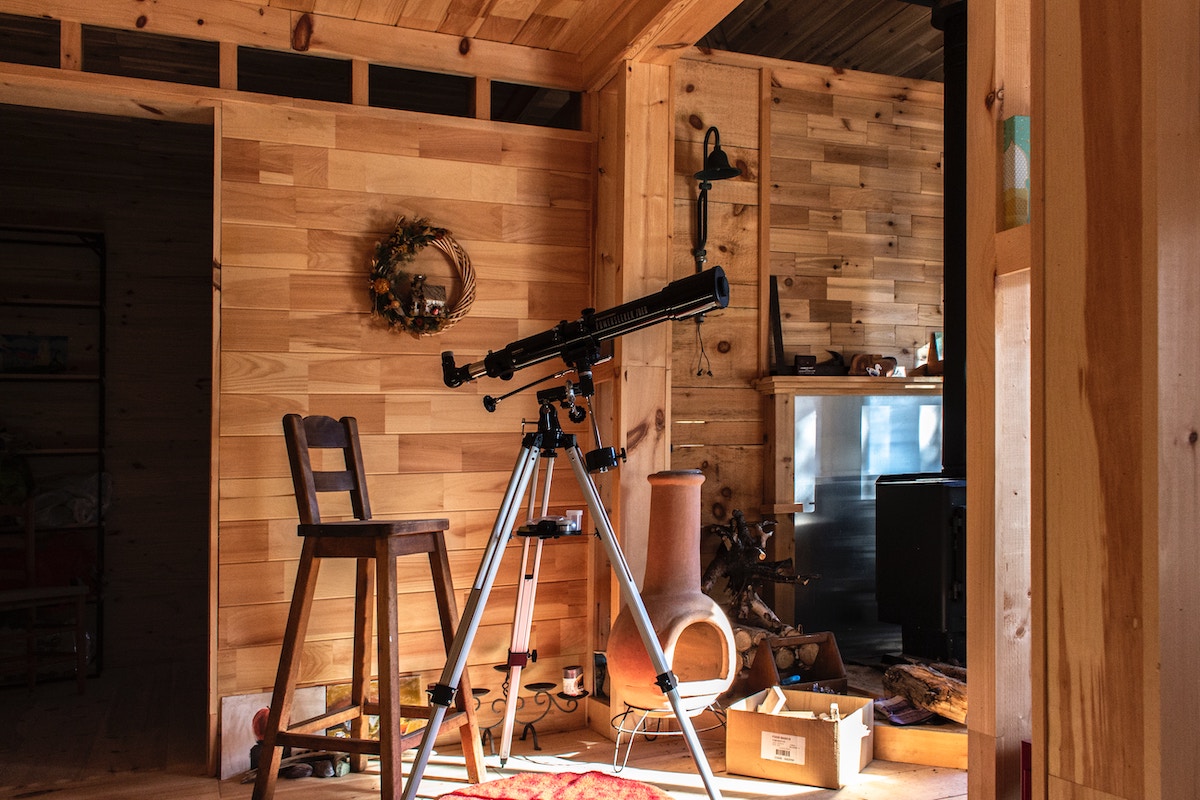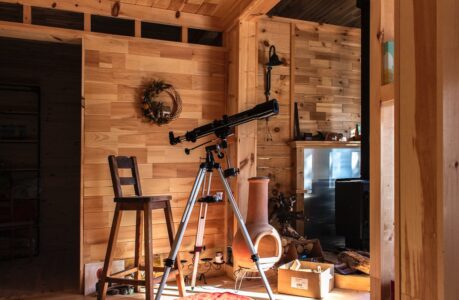Looking up at the night sky, it’s easy to get lost in the vastness of the universe. But with a small telescope, we can unlock the secrets of the cosmos and explore the wonders of the universe from the comfort of our own backyards.
A small telescope can reveal stunning views of the night sky, even in light-polluted areas. Whether you’re an amateur astronomer or a beginner, there are plenty of objects to observe with a small telescope that will leave you in awe.
In this article, we’ll delve into the best objects to observe with a small telescope and how to observe them.
First on our list is the moon, our nearest celestial neighbor. Even with a low-power eyepiece, you can see the craters, mountains, and valleys on the lunar surface. The best time to observe the moon is during the first quarter or third quarter phases, when the shadows cast by the mountains create a stunning 3D effect. With higher magnification, you can even see the Apollo landing sites, where humans first set foot on the moon.
Next up is Jupiter, the largest planet in our solar system. Jupiter’s size and brightness make it a popular target for observation. With a small telescope, you can see Jupiter’s four largest moons, known as the Galilean moons, and the planet’s distinctive cloud bands. You can also observe the Great Red Spot, a massive storm that has been raging on Jupiter for centuries. By observing Jupiter over time, you can even see its moons move in their orbits around the planet.
Saturn, with its iconic ring system, is another popular object for small telescope observation. The rings are made up of billions of individual particles of ice and rock, and they appear as a thin, flat disc around the planet. With higher magnification, you can see the Cassini Division, a gap in the rings discovered by the astronomer Giovanni Domenico Cassini in the 17th century. Saturn’s largest moon, Titan, is also visible with a small telescope, appearing as a small point of light near the planet.
Moving beyond our solar system, we come to the Orion Nebula, a star-forming region located in the constellation Orion. It’s one of the brightest and most recognizable nebulae in the night sky and can even be seen with the naked eye on a clear night. With a small telescope, you can see the nebula’s glowing gas clouds and the young stars that are forming within them. The Orion Nebula is a great object to observe for those interested in deep-sky astrophotography.
The Andromeda Galaxy, located 2.5 million light-years away from us, is the closest galaxy to our own Milky Way. It appears as a faint, hazy patch of light, but with higher magnification, you can see its spiral arms and bright center. The Andromeda Galaxy is also home to hundreds of billions of stars, making it one of the most massive objects in the observable universe. Observing galaxies like Andromeda can give us insight into the evolution of the universe and how galaxies form and evolve over time.
The Pleiades Star Cluster, also known as the Seven Sisters, is a group of young, hot stars located in the constellation Taurus. It’s easily visible with the naked eye and even more stunning with a small telescope. With a low-power eyepiece, you can see the bright stars and their blue reflection nebulosity. With higher magnification, you can see dozens of stars within the cluster. The Pleiades is a great object for beginners to observe, as it’s easily recognizable and a great way to get familiar with using a telescope.
Finally, we come to the Double Cluster, a pair of open star clusters located in the constellation Perseus. It’s easily visible with the naked eye as two fuzzy patches of light. With a small telescope, you can see dozens of stars within each cluster and the space between them. The Double Cluster is a popular target for astrophotography due to its stunning visual appearance, and it’s a great object for those interested in exploring star clusters and how they form and evolve.
When observing with a small telescope, it’s important to keep a few things in mind. First, find a dark sky location away from light pollution, as this will greatly enhance the views through your telescope. Next, allow your eyes to adjust to the darkness before observing, as this will make fainter objects easier to see. Finally, use low magnification to find and center the object you want to observe before increasing magnification for a closer look.
In addition to these objects, there are countless other celestial wonders to observe with a small telescope, including star clusters, nebulae, and galaxies. The more you observe, the more you’ll learn about the universe and how it works. Observing with a small telescope is a great way to connect with the cosmos and gain a deeper appreciation for the beauty and complexity of the universe.
In conclusion, a small telescope can reveal spectacular views of the night sky, from the moon and planets in our solar system to distant galaxies and star clusters. Whether you’re a beginner or an experienced astronomer, there are plenty of objects to observe that will leave you in awe. These seven objects are just the beginning of what you can explore with a small telescope, so grab your scope, head outside, and start exploring the beauty of the cosmos.

